
Plasma membrane-associated receptor like kinases relocalize to plasmodesmata in response to osmotic stress (Plant Phys)
Plant Science Research WeeklyPlasmodesmata are channels through the cell wall that allow molecules and substances to move back and forth as needed; they also play a central role in growth, development and defence of all higher plants. In this study, Grison et al. describe the rapid relocation to the plasmodesmata pores of two plasma…
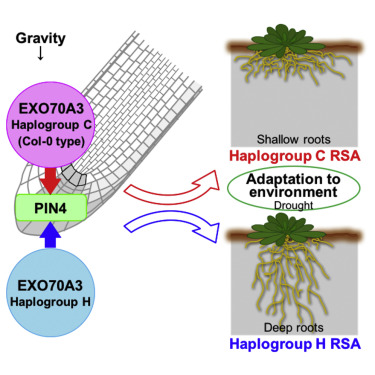
Root system depth is shaped by EXOCYST70A3 via modulation of auxin transport (Cell)
Plant Science Research Weekly
The angle at which roots grow into the soil is modulated by the interaction between genetics and environment, and involves the gravity perception and response pathways including auxin transporters. Ogura et al. did a GWAS analysis of the gravitropic response of different Arabidopsis accessions in…
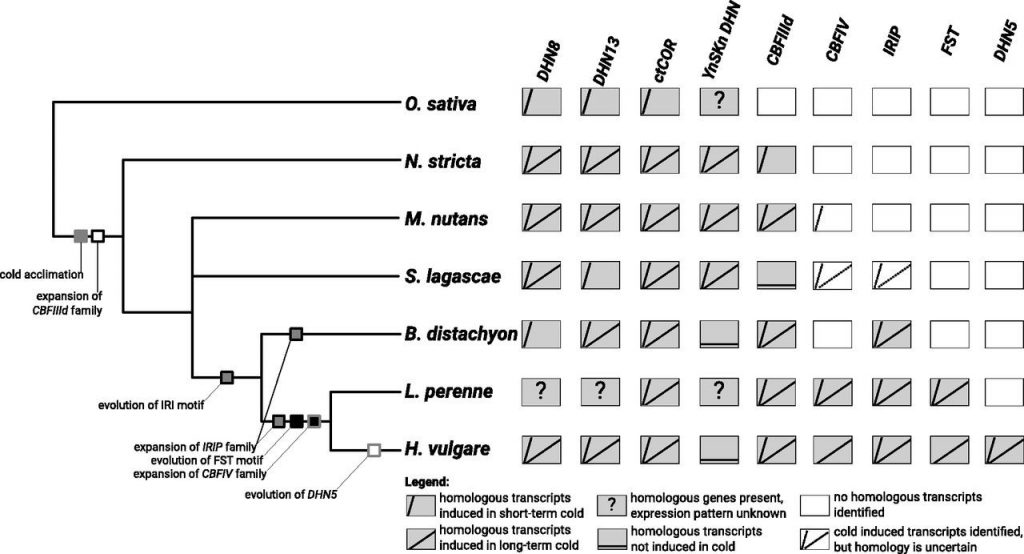
Evolution of cold acclimation in the temperate grass subfamily Pooideae (Plant Physiol)
Plant Science Research WeeklyIn the grass family (Poaceae), the subfamily Pooideae, which includes economically important species like wheat, barley and forage grasses like ryegrass, dominates cold temperate habitats, although the ancestors of this group probably were adapted to tropical climates. Schubert et al. investigated the…
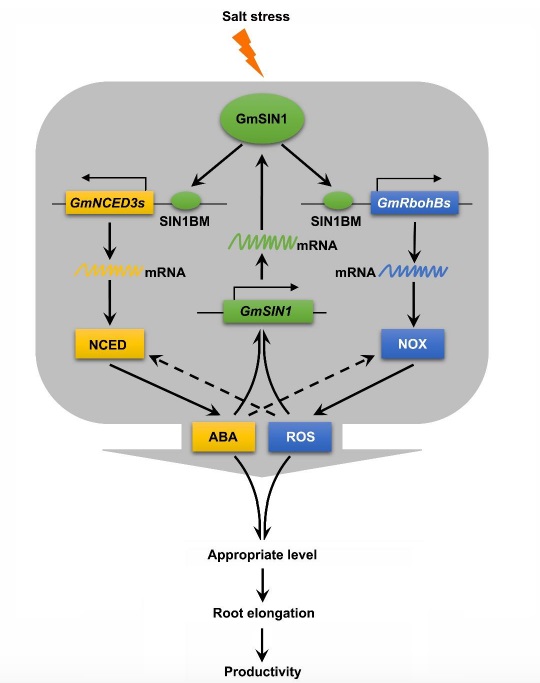
A signal amplifier that regulates soybean root growth in response to salt stress (Plant Cell_
Plant Science Research Weekly
The balance between environmental stress tolerance and plant growth is an important research topic. Plant responses vary among species and varieties, but also with the growth environment. Soil, water, and environmental factors interact to affect plant growth responses to soil salinity. To engineer…

Drought conditions reduce root-feeding nematode predator populations (PNAS)
Plant Science Research WeeklyClimate change is expected to cause numerous negative impacts on plant populations. An under considered area that will be affected are the communities of soil organisms that rely on a delicate balance of environmental conditions, particularly in grasslands that receive moderate precipitation (mesic grasslands).…

A chloroplast-localized mitochondrial calcium uniporter transduces osmotic stress in Arabidopsis (Nature Plants)
Plant Science Research WeeklyCalcium and chloroplasts are both at the heart of the signal transduction during environmental stress. Teardo et al. studied whether the chloroplast-localized mitochondrial calcium uniporter has a role in stress signaling. The group identified 6 homologs of mitochondrial calcium uniporter (MCU) in Arabidopsis,…
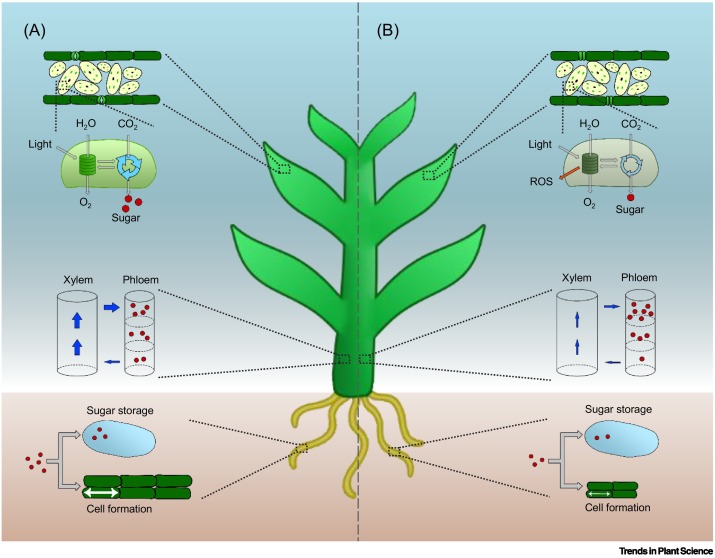
Review: Source–sink regulation in crops under water deficit ($) (Trends Plant Sci)
Plant Science Research WeeklyPlants have a remarkable ability to coordinate cellular activities across huge distances, yet we have only a basic understanding of how these remote activities are coordinated. A review by Rodrigues et al. summarizes what we know about the relationship between source (e.g., photosynthetic tissues) and…
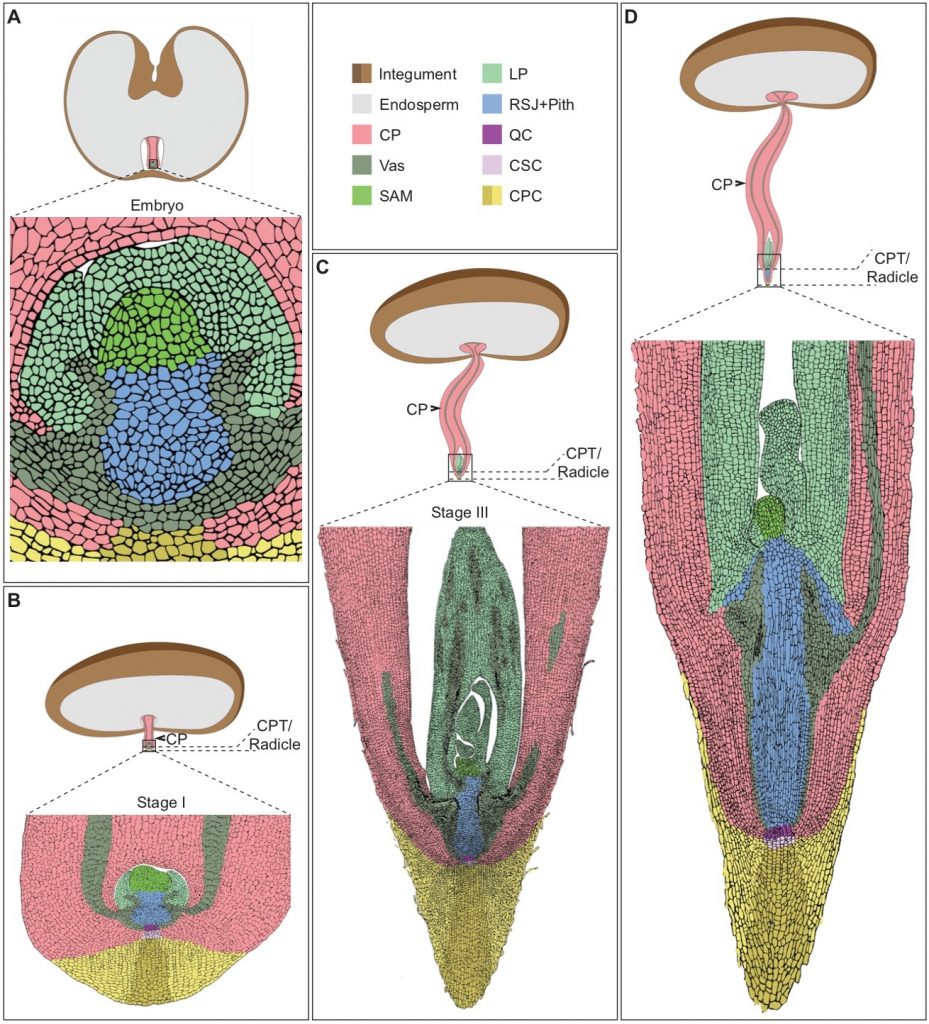
Embryo protection after germination in date palm (Plant Cell)
Plant Science Research WeeklyPlant morphogenesis is a dynamic process that can be modulated in response to environmental cues. In this work, Xiao et al. characterized germination and seedling development in date palm. After germination, the cotyledonary petiole grows, but the embryo development is paused. At early stages of development…

A diversity of traits contributes to salinity tolerance of wild Galapagos tomatoes seedlings (bioRxiv)
Plant Science Research WeeklyDomestication has been accompanied by a decrease in genetic diversity, so efforts to improve stress tolerance can be aided by exploring the crop’s wild relatives. Here, Pailles et al. examined salt tolerance in Galapagos tomatoes (Solanum cheesmaniae and Solanum galapagense), which grow “constantly…

